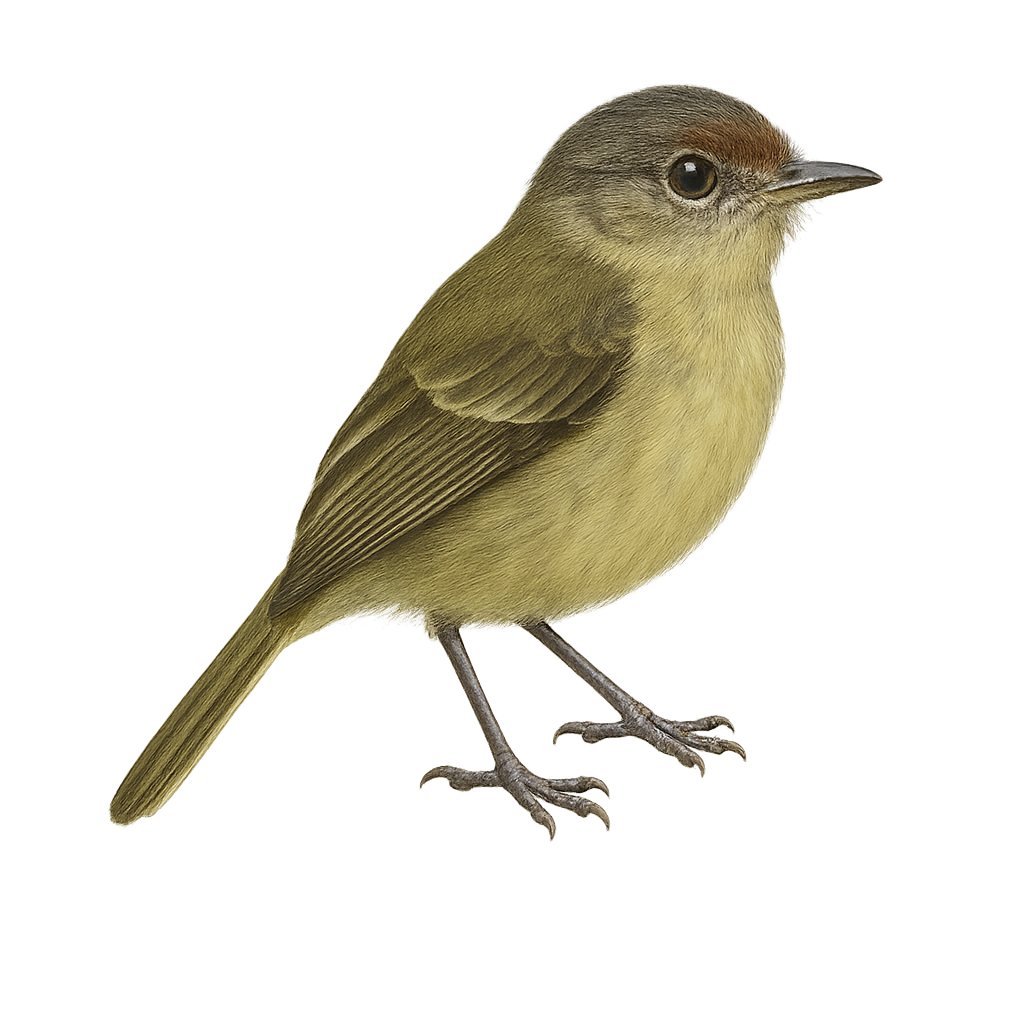Your wildlife photography guide.
Explore the parker's tyrannulet in detail, study its behavior, prepare your shots.
Where to observe and photograph the parker's tyrannulet in the wild
Learn where and when to spot the parker's tyrannulet in the wild, how to identify the species based on distinctive features, and what natural environments it inhabits. The WildlifePhotographer app offers tailored photography tips that reflect the parker's tyrannulet’s behavior, helping you capture better wildlife images. Explore the full species profile for key information including description, habitat, active periods, and approach techniques.
Parker's Tyrannulet
Scientific name: Phylloscartes parkeri

IUCN Status: Least Concern
Family: TYRANNIDAE
Group: Birds
Sensitivity to human approach: Suspicious
Minimum approach distance: 10 m
Courtship display: October to November
Incubation: 14-16 jours
Hatchings: October to December
Habitat:
Humid forests, wooded areas, mountains
Activity period :
Primarily active during the day, with peak activity in the morning and late afternoon.
Identification and description:
The Parker's Tyrannulet is a small passerine bird belonging to the Tyrannidae family. It is mainly found in the humid montane forests and wooded areas of northern South America, particularly in Colombia and Peru. This passerine is distinguished by its olive-green plumage and slightly darker wings. It is often identified by its distinctive and melodious song. Although discreet, it plays an essential role in the ecosystem by participating in seed dispersal and insect control. The Parker's Tyrannulet is a diurnal bird, active mainly in the morning and late afternoon. Its population is currently stable, but it could be threatened by deforestation.
Recommended lens:
400 mm – adjust based on distance, desired framing (portrait or habitat), and approach conditions.
Photography tips:
To photograph the Parker's Tyrannulet, it is advisable to use a telephoto lens of at least 400 mm to capture detailed images without disturbing the bird. Look for it early in the morning or late afternoon when it is most active. Be patient and discreet, as this bird is suspicious. Use a tripod to stabilize your camera and wait for it to perch on an open branch to get the best possible shot.
The WildlifePhotographer App is coming soon!
Be the first to explore the best nature spots, track rutting seasons, log your observations, and observe more wildlife.
Already 1 432 wildlife lovers subscribed worldwide

